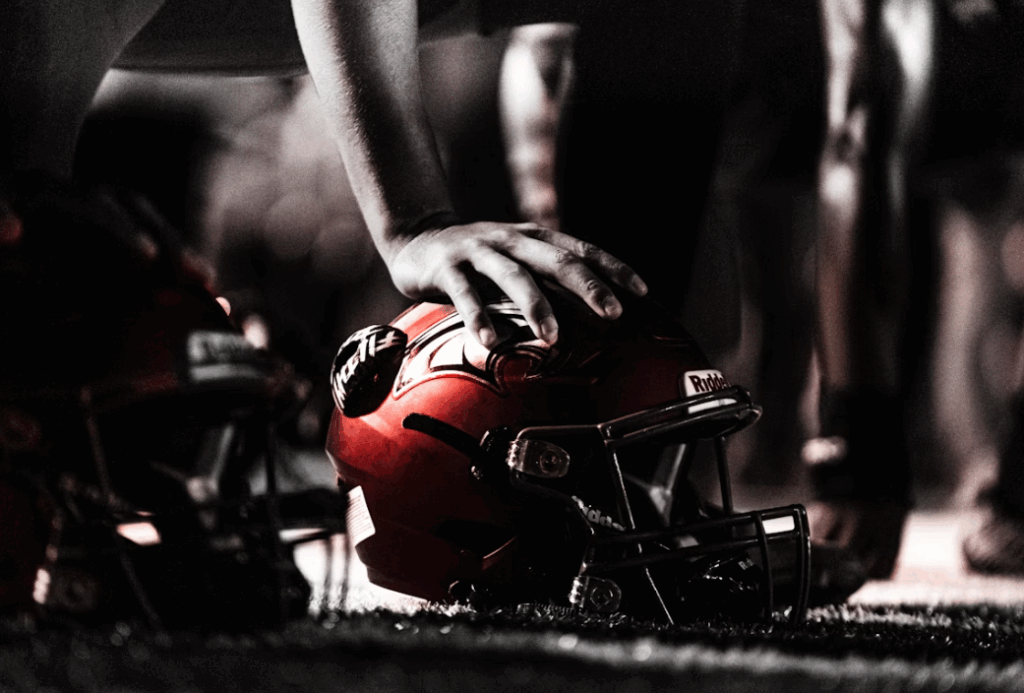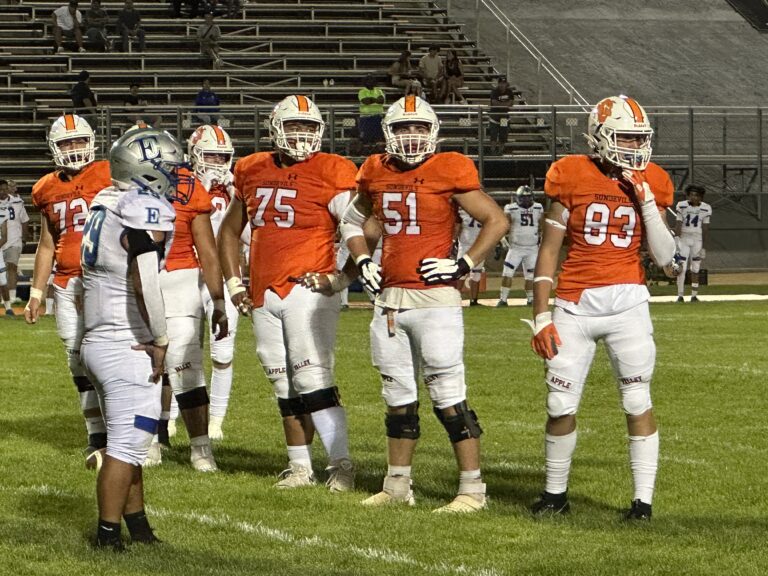
Every NFL season is defined by moments that test player nerves as much as talent. A two-minute drill with the season on the line. A field goal attempt in a deafening stadium. A rookie quarterback staring down a veteran defense. These aren’t just plays, they’re pressure cookers.
Behind every composed player and clutch performance is a coaching philosophy aimed at building teams that overperform under stress.
NFL coaches don’t leave poise to chance; they engineer it. Through psychological conditioning, precise strategy, and real-game simulation, they turn chaos into confidence.
Building Mental Fortitude: The Psychology Behind Pressure
Mental toughness doesn’t happen overnight. The mind is a muscle that NFL coaches train through structured adversity, focus exercises, and intentional recovery methods.
Mental Toughness Through Controlled Adversity
Coaches know that stress is inevitable, so they recreate it daily. Practices often include “win-or-run” drills, time-restricted drives, or simulated crowd noise to mimic playoff conditions. These aren’t just for spectacle, they’re for conditioning. When players learn to function under artificial chaos, they’re better equipped to stay calm when it’s real.
One AFC coach famously blasts crowd noise during red zone drills until his players can execute flawlessly. The goal? To make the loudest stadium feel like practice.
Focus, Calm, and Reset Techniques
High-pressure moments can blur focus. That’s why mindfulness and breathing techniques, like the 4-6-8 method, are becoming staples in locker rooms. Coaches bring in mental performance specialists to teach players how to regulate adrenaline and reset between plays.
Almost every NFL team now employs behavioral health clinicians who help players manage stress, track focus levels, and even use biofeedback tools to monitor anxiety during training. The message is clear: mastering pressure is as much mental as it is physical.
Visualization and Positive Self-Reinforcement
Visualization transforms preparation into muscle memory. Players mentally rehearse key plays, from perfect throws to critical catches, long before game day. This cognitive rehearsal sharpens reaction time and reduces hesitation.
Coaches also teach players to manage negative self-talk. After a bad play, the reset isn’t just physical; it’s mental. The best teams know how to move forward without dwelling on the last mistake.
Strategic Planning: When Preparation Meets Precision
If mental strength is the foundation, strategy is the blueprint. NFL coaches meticulously plan for every variable, weather, injuries, clock management, and even crowd energy.
For fans tracking matchups, adjustments, and late-game strategy on FanDuel Sportsbook, it’s immediately apparent how preparation shapes performance. Smart coaching doesn’t just affect play calls; it influences how teams are perceived and how odds evolve before kickoff.
Data-Driven Decision-Making
Gone are the days of pure “gut instinct.” Modern coaches rely on analytics to guide their toughest calls, whether to go for it on fourth down or run a two-minute drill. Win probability models help quantify risk in real time.
In 2024, teams went for it on fourth down roughly 60% more often than a decade ago, with an impressive 57% success rate. These data-backed decisions are reshaping what “aggressive” coaching looks like.
Contingency Planning and Adaptability
Every NFL game has its wild cards, including weather shifts, unexpected injuries, and momentum swings. Coaches counter these with contingency playbooks: the two-minute offense when trailing, the four-minute offense when protecting a lead.
Preparation ensures quick adaptation. When plans crumble, teams with well-rehearsed alternatives thrive. It’s not luck; it’s resilience based on repetition.
Special Teams and Micro-Strategy
Special teams may only take the field for a few snaps, but those moments often decide outcomes. Coaches devise specialized tactics like squib kicks or directional punts to disrupt return schemes. It’s a chess game inside the bigger one, where attention to detail separates contenders from pretenders.
Turning Practice Into Pressure: Real-Game Simulations
Preparation becomes most powerful when it mirrors reality. Coaches push players beyond comfort zones through immersive drills that mimic chaos.
The Rise of Chaos Training
Some coaches have replaced predictable cone drills with live defenders and unpredictable reactions. This “chaos training” forces quarterbacks and receivers to read and react dynamically rather than follow scripts. The goal is adaptability and performance under pressure, even when the original plan goes South.
Tech-Enhanced Preparation
Simulations now allow players to rehearse high-pressure scenarios without physical strain. They can experience a simulated playoff crowd, run a crucial play from multiple angles, and refine split-second decision-making through repetition.
This innovation bridges preparation and experience, building confidence before the game ever begins.
Collaborative Feedback Loops
Modern coaching thrives on real-time feedback. Analysts code plays live during games, feeding data and video directly to tablets on the sideline. Coaches and players can instantly review what went wrong and fix it mid-game.
These feedback loops transform reaction into preparation, even during the heat of competition.
Analytics and Emotion: The Human in High-Stakes Coaching
As analytics evolve, so does the emotional intelligence behind coaching. NFL teams now blend data with human insight, creating a holistic approach to preparation.
Every decision, from play-calling to leadership delegation balances numbers and nuance. Coaches lean on analysts for probability models but trust intuition for reading locker room energy. Veteran players often act as emotional anchors, steadying the team in tense moments.
For readers curious about how data shapes game-day strategy, the latest insights on NFL weekly props highlight how analytics guide not just betting trends but also coaching philosophies.
This mix of science and psychology ensures teams perform with both precision and composure when the stakes are at their highest.
Lessons from the Sidelines: Case Studies in Poise Under Pressure
Some coaches have turned dealing with pressure into an art form.
Andy Reid’s time management mastery has redefined late-game offense, often squeezing every second of efficiency from the clock. Sean McVay’s communication systems, where quarterback and coach share an almost telepathic rhythm, showcase preparation disguised as instinct. Mike Tomlin’s motivational leadership proves that trust, not just tactics, fuels fourth-quarter resilience.
As explored in NFL Standings and Coaching Pressure: Why Early Wins Matter, a team’s composure early in the season often foreshadows how it handles crunch time later.
These examples reveal one truth: when chaos strikes, preparation takes the wheel.
Why Preparation Outlasts Pressure
Pressure doesn’t vanish; it transforms those who face it. The NFL’s most composed teams aren’t immune to nerves; they’ve simply practiced dealing with them.
Coaches today combine psychology, data, and technology to prepare players for anything the game throws their way. Every drill, every meeting, every simulated play is designed to make Sunday’s chaos feel like routine.
When fans watch a game-winning drive, they’re seeing the product of months, sometimes years of deliberate preparation. In the NFL, confidence under pressure isn’t always natural; most often, it’s learned through blood, sweat, and tears.


